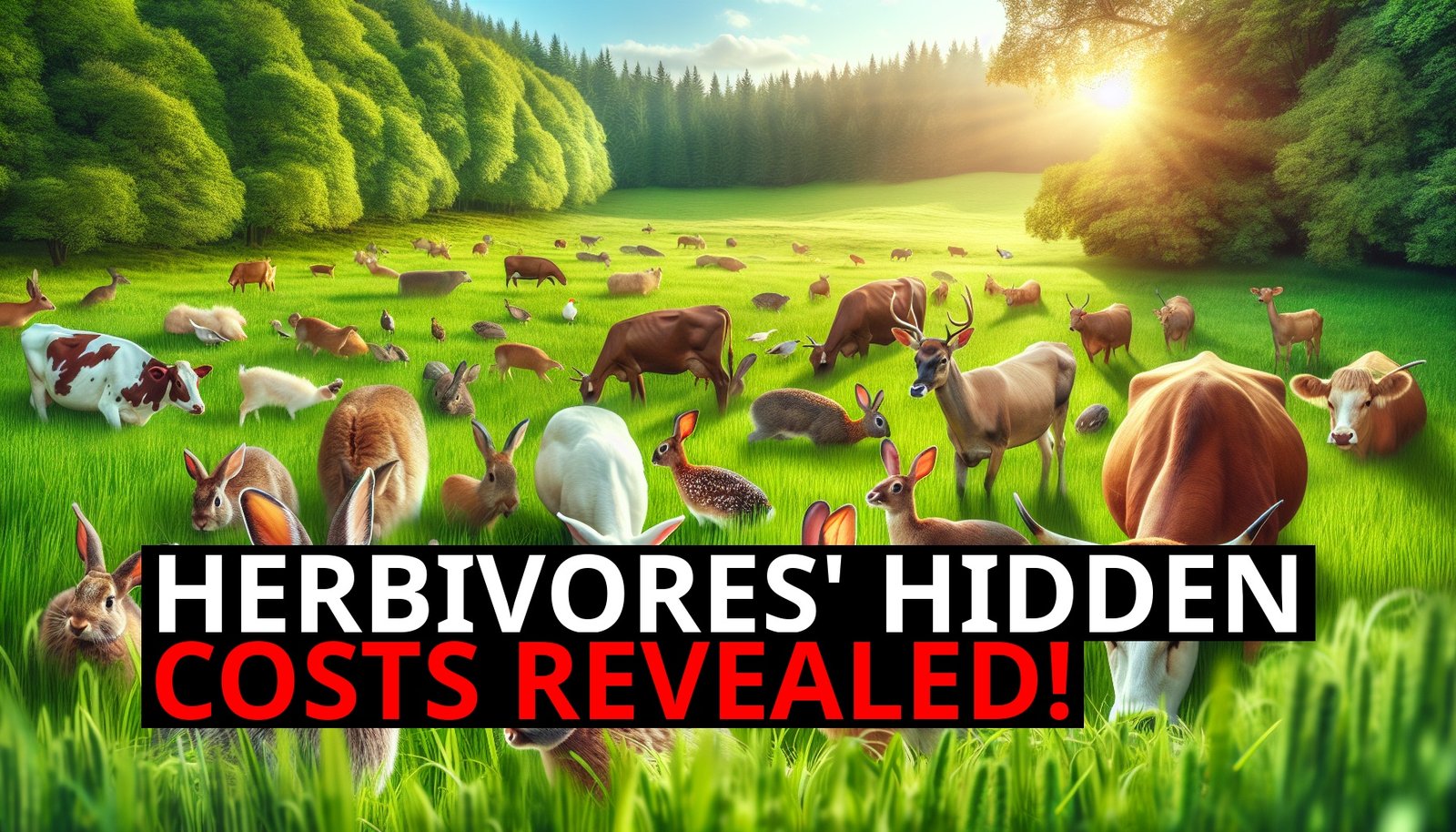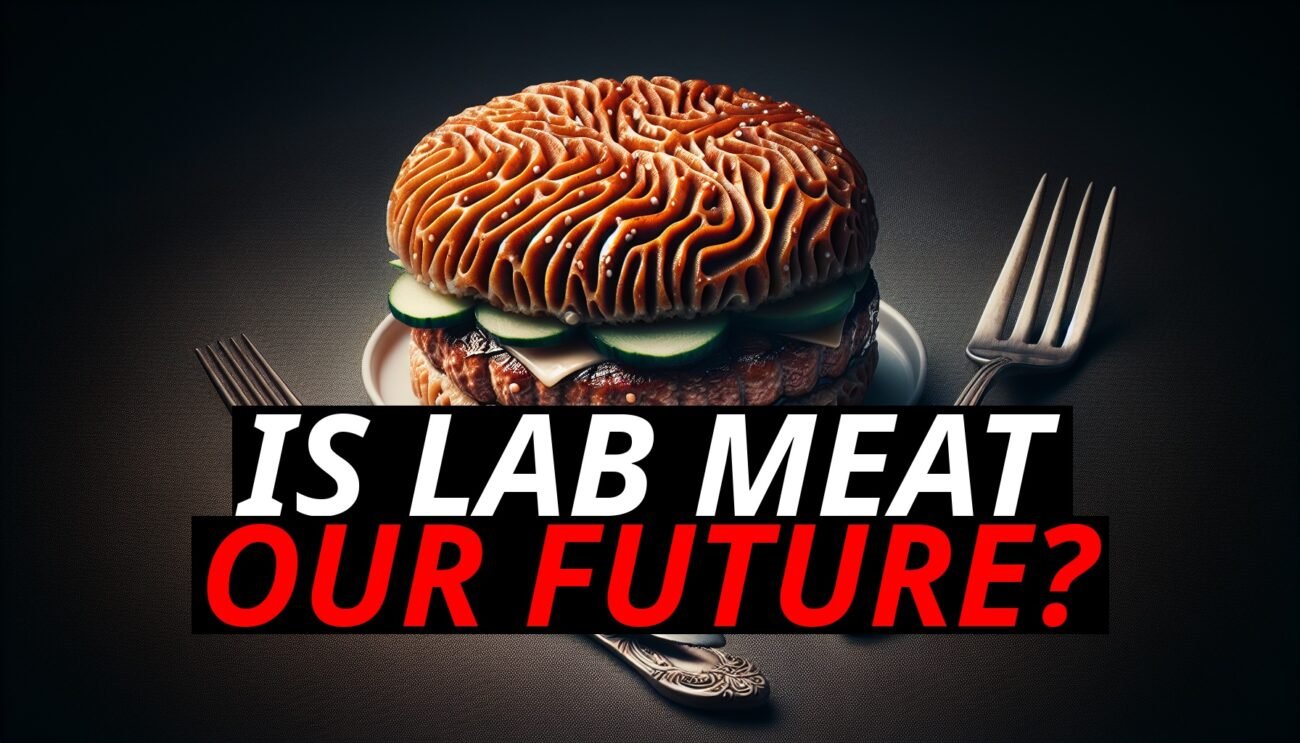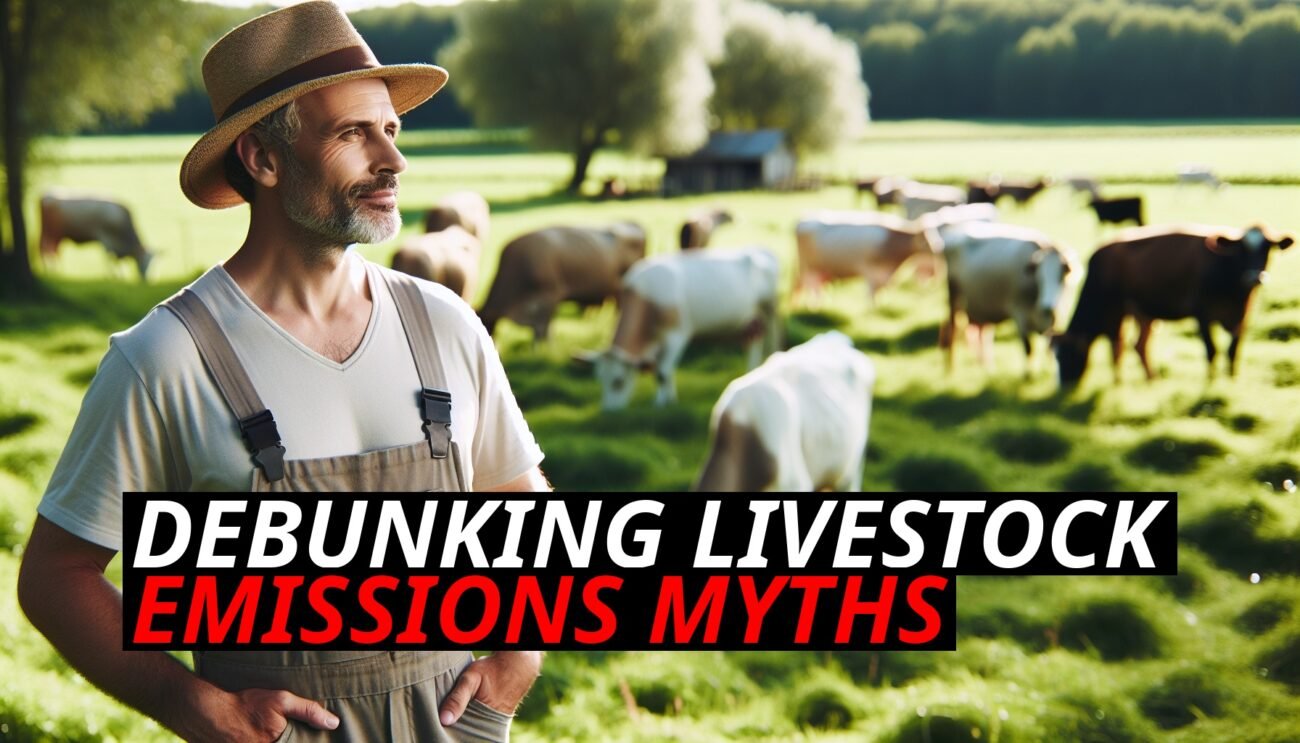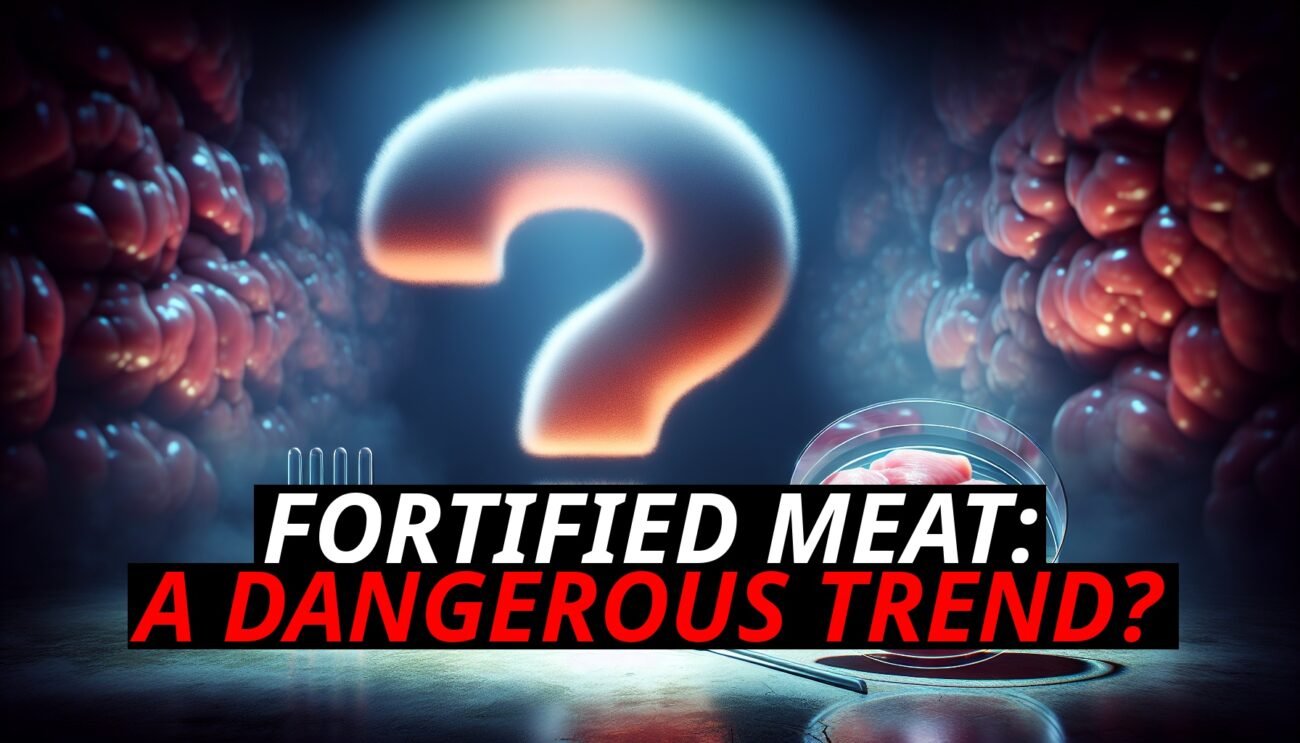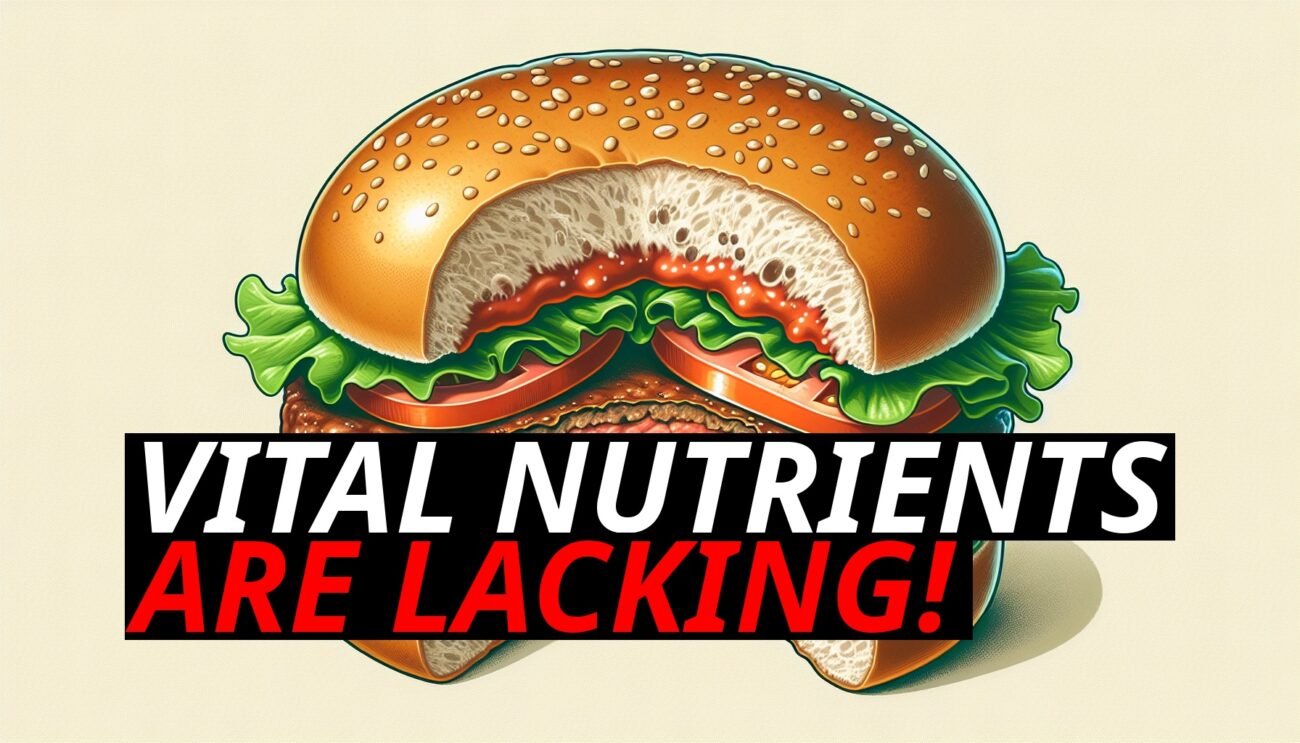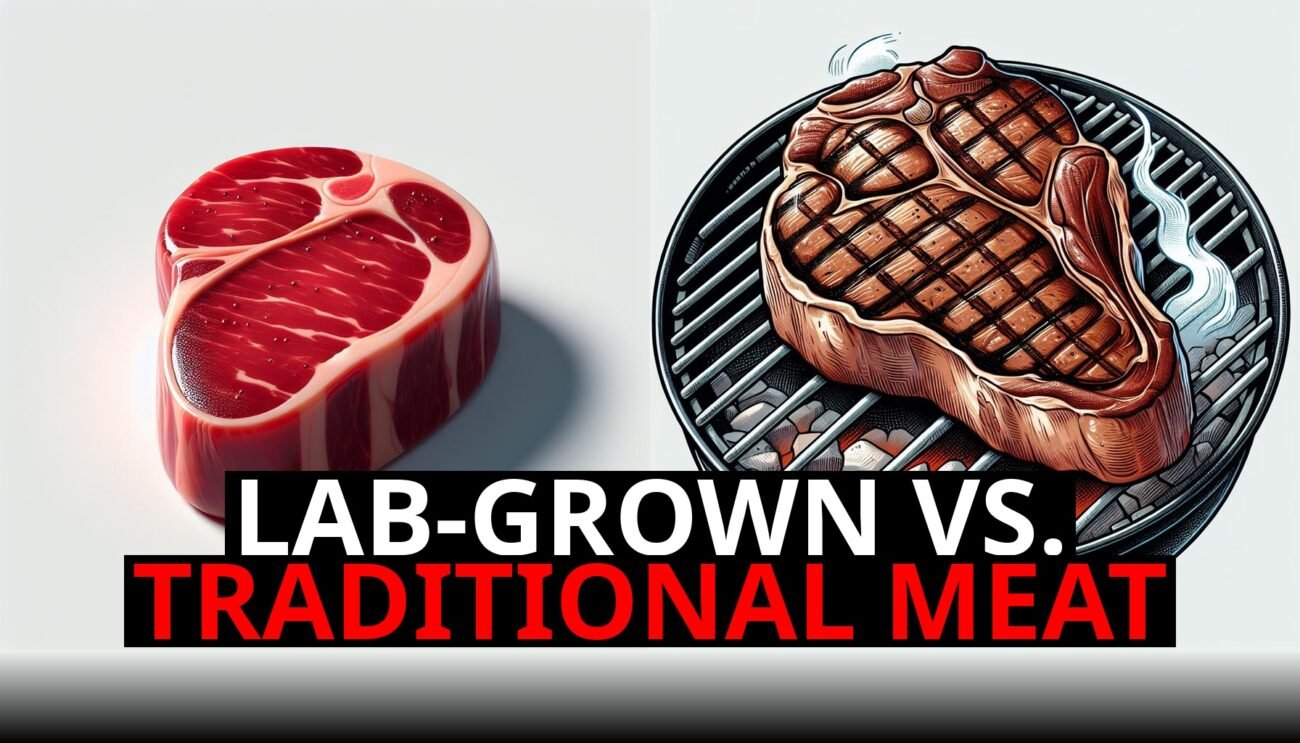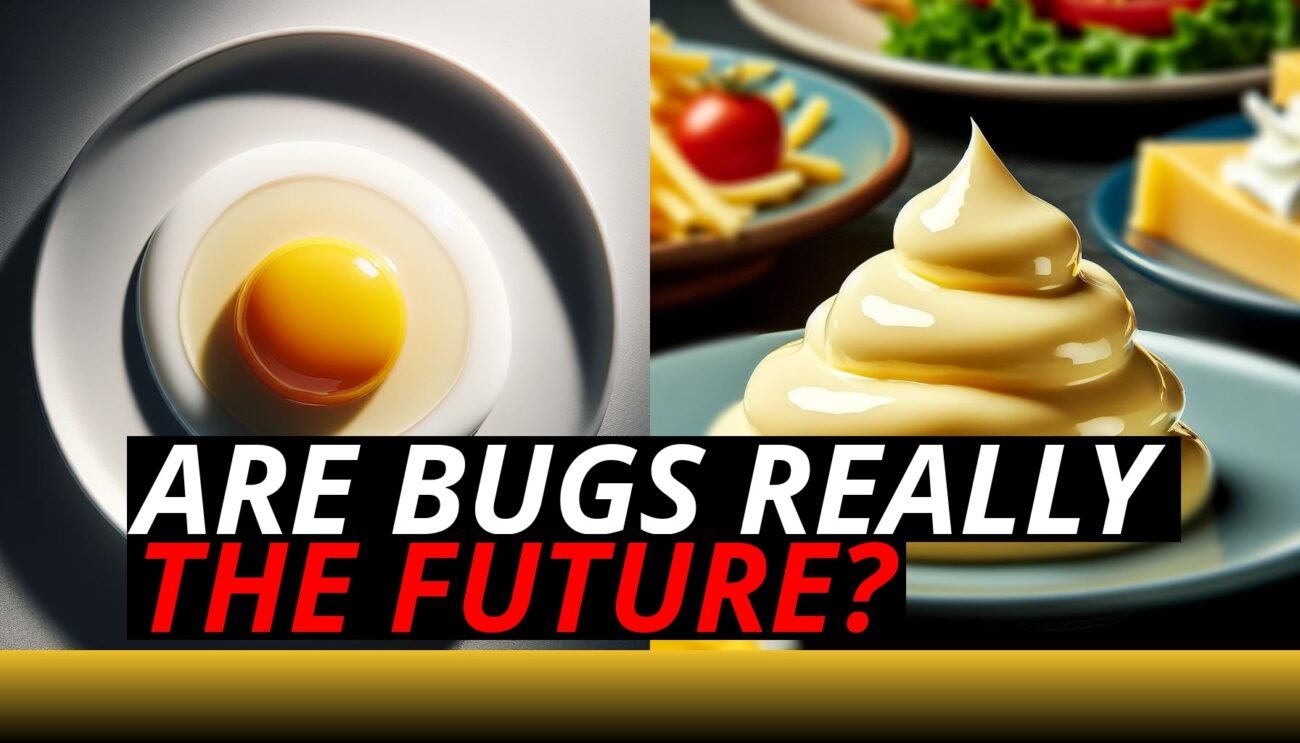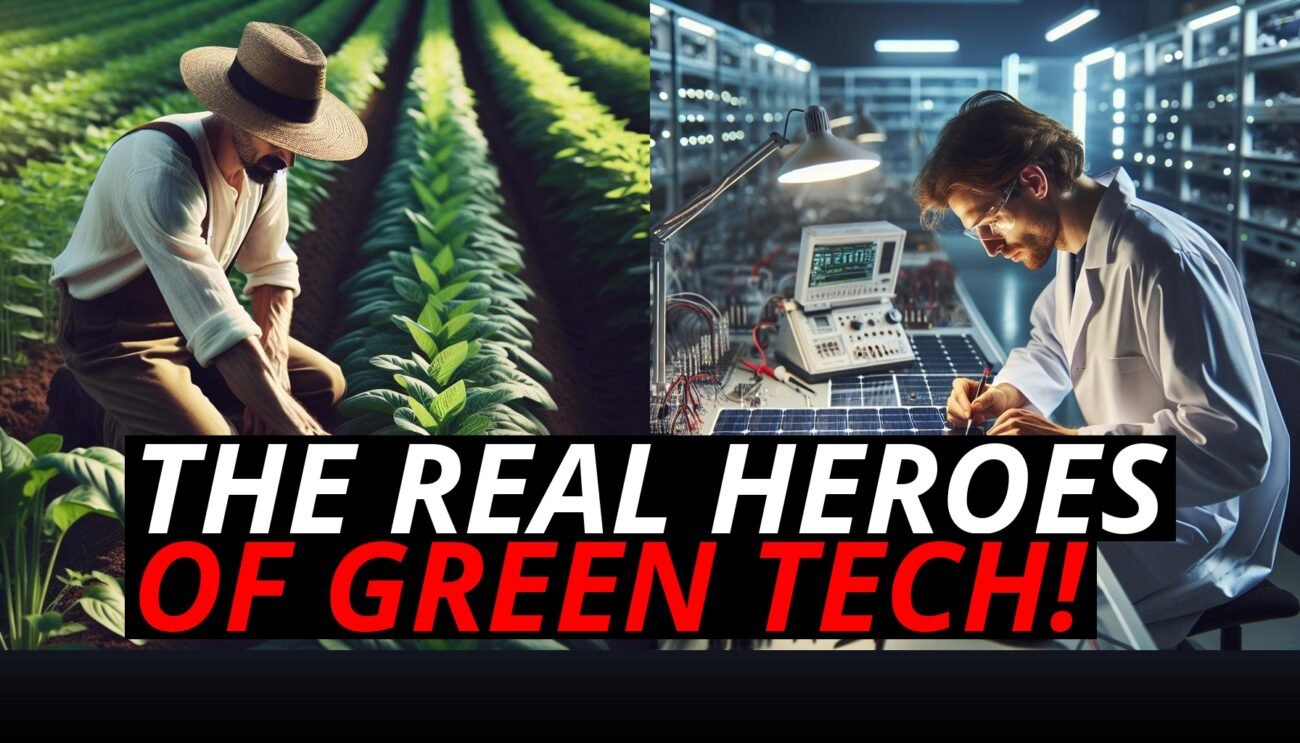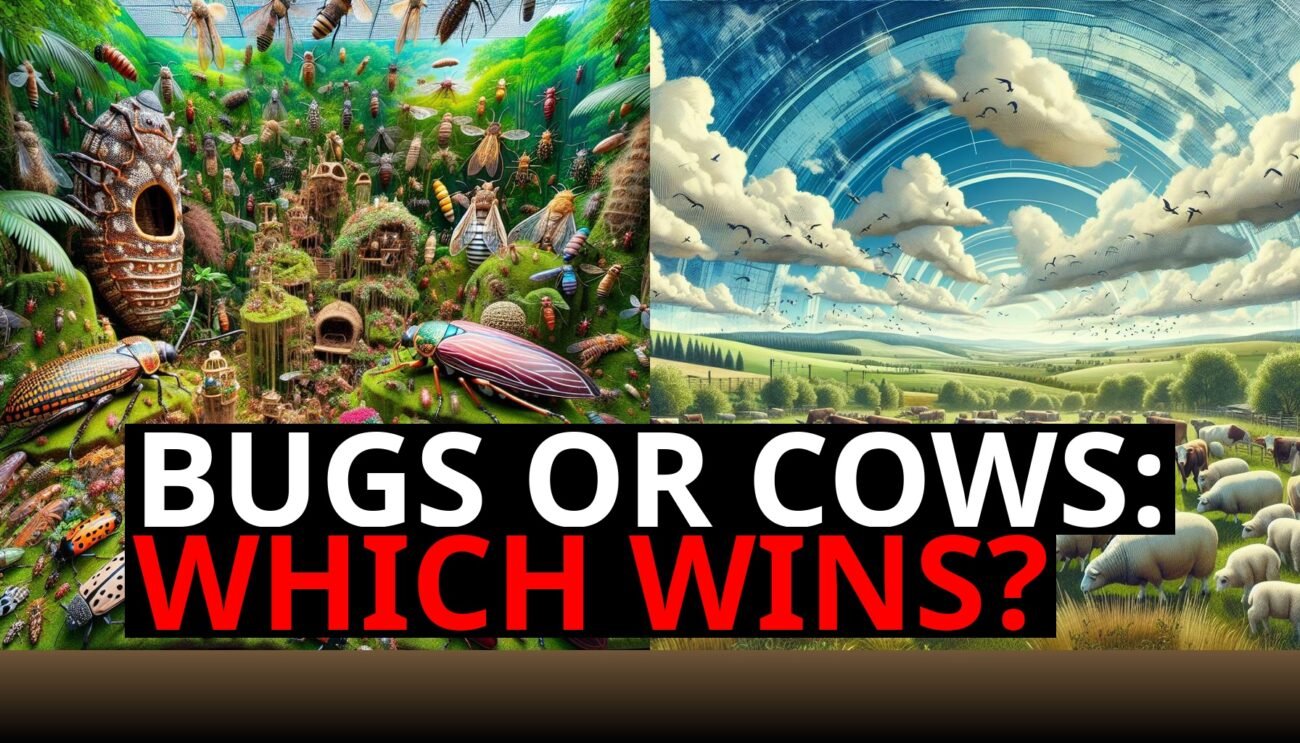When we think of herbivores, we often imagine animals grazing peacefully in fields, with an endless supply of plants at their disposal. The idea that feeding herbivores is simple, inexpensive, and environmentally friendly seems like common sense. But in reality, feeding herbivores—whether in zoos or through human diets—comes with high financial costs and a significant environmental toll. From the logistics of sourcing specific plants to the impact of industrial farming, feeding herbivores is more resource-intensive than you might think.
Let’s break down the real costs of feeding herbivores and why it’s not as eco-friendly as it seems.
The High Cost Of Feeding Herbivores In Zoos
Feeding herbivores in zoos is far from straightforward. Unlike carnivores, which can thrive on a simple bulk meat diet, herbivores require a wide variety of specific plants that often aren’t available locally. Zoos must go to great lengths to source these plants, and the costs quickly add up.
For instance:
- Giraffes need a diet rich in fresh leaves, often from trees like acacias, which don’t grow in every climate. Zoos need to either grow these plants themselves in greenhouses or import them from regions where they are available.
- Pandas rely almost exclusively on bamboo, which grows in limited areas. Zoos that house pandas must either grow bamboo or arrange for regular imports, a costly and logistically complex task.
Maintaining the proper diet for these animals means balancing not just nutritional needs but also environmental constraints. Zoos often have to invest in specialized greenhouses, controlled environments, and expert staff to grow and maintain plants that herbivores require. The shipping, handling, and refrigeration required to import specific plants only add to the already high costs. All of this makes feeding herbivores in zoos a significantly more expensive endeavor than one might expect.
Sourcing Specific Plants: A Global Environmental Toll
The notion that plant-based diets—whether for humans or herbivores—are inherently more sustainable often overlooks the global supply chains needed to meet dietary needs. Many of the plants that herbivores require, or those popular in plant-based diets, aren’t grown locally and must be transported across great distances. This creates an environmental footprint that rivals, and sometimes exceeds, that of sourcing meat.
For example:
- Avocados, a staple in plant-based diets, are typically imported from regions like Mexico or Peru, requiring transportation across thousands of miles.
- Quinoa, a popular grain substitute, is primarily grown in South America and must be shipped globally to meet demand in other countries.
The carbon emissions associated with transporting these foods are significant, contributing to global greenhouse gas levels. Moreover, the process of transporting plant-based products requires refrigeration, packaging, and often pesticides to keep the plants fresh, which increases the overall environmental cost.
These global supply chains also lead to the exploitation of land and water resources in the regions where these plants are grown, often causing environmental degradation in the name of meeting global demand for plant-based foods.
Industrial Farming: Stripping The Land For Plant Production
While feeding herbivores requires vast quantities of plants, the way we grow those plants often damages the environment in profound ways. The rise of industrial farming and monoculture agriculture—where single crops like corn, soy, or wheat are grown over massive areas—leads to soil depletion, biodiversity loss, and increased reliance on chemical inputs like fertilizers and pesticides.
Monoculture farming strips the land of its natural fertility, leaving it increasingly dependent on synthetic fertilizers to remain productive. These fertilizers run off into rivers and oceans, contributing to water pollution and creating dead zones where aquatic life cannot survive. Additionally, the widespread use of pesticides and herbicides in industrial farming harms not only the targeted pests but also pollinators like bees and butterflies, further disrupting ecosystems.
As demand for plant-based foods grows, so does the pressure on the environment to produce these crops. Industrial farming practices designed to meet this demand are resource-heavy and leave long-lasting scars on the environment, challenging the idea that plant-based diets are automatically better for the planet.
Feeding Humans On A Plant-Based Diet: Nutritionally Efficient?
Another overlooked aspect of plant-based diets, whether for humans or animals, is the question of nutritional efficiency. While plants can certainly provide essential nutrients, they are often less nutrient-dense than animal products, meaning that larger quantities of plant-based foods are needed to meet the same nutritional requirements.
For example:
- Iron and protein from plant sources are less bioavailable than from meat, meaning the body doesn’t absorb them as easily. To compensate, larger portions or additional food sources are required to meet nutritional needs.
- Vitamin B12, which is critical for human health, is found naturally only in animal products, so plant-based diets often require supplements to make up for this deficiency.
The need for more food volume to meet nutrient requirements, along with the supplements needed to make up for nutrients lacking in plant-based foods, adds to the financial and environmental costs. The packaging, transportation, and processing of supplements and fortified foods further contribute to the environmental footprint of plant-based diets, making them not as efficient or sustainable as commonly believed.
Grazing Animals: A More Sustainable Approach?
While industrial farming and monoculture agriculture degrade the land, grazing animals can actually help regenerate it. Through the practice of rotational grazing, animals like cows, sheep, and goats move from one paddock to another, mimicking the natural migration patterns of wild herbivores. This system allows plants to rest and regrow between grazing sessions, promoting healthier, more diverse ecosystems.
Grazing animals contribute to land health in several ways:
- Soil Aeration: The trampling of hooves helps break up compacted soil, allowing water to penetrate deeper and encouraging root growth.
- Natural Fertilization: The manure left behind by grazing animals provides the soil with essential nutrients, reducing the need for synthetic fertilizers.
- Carbon Sequestration: Healthy, well-managed grazing systems help build organic matter in the soil, which acts as a carbon sink, trapping carbon dioxide and mitigating climate change.
In contrast to the resource-heavy nature of plant farming, regenerative grazing offers a way to produce food while improving the environment, making it a sustainable alternative to the industrialized agriculture systems used to feed herbivores.
Conclusion: The Real Cost Of Feeding Herbivores
Feeding herbivores—whether in zoos or through plant-based human diets—is far more costly, both financially and environmentally, than many realize. The need to source specific plants globally, the environmental toll of industrial farming, and the nutrient inefficiency of plant-based diets all contribute to the hidden costs of feeding herbivores. Meanwhile, grazing animals managed through regenerative practices present a more sustainable alternative, helping to heal the land rather than degrade it.
The next time we think of plants as the “cheaper” or more sustainable option, it’s important to consider the full picture. Feeding herbivores might look simple, but the reality is that it comes with hidden costs that are anything but cheap for our planet.

